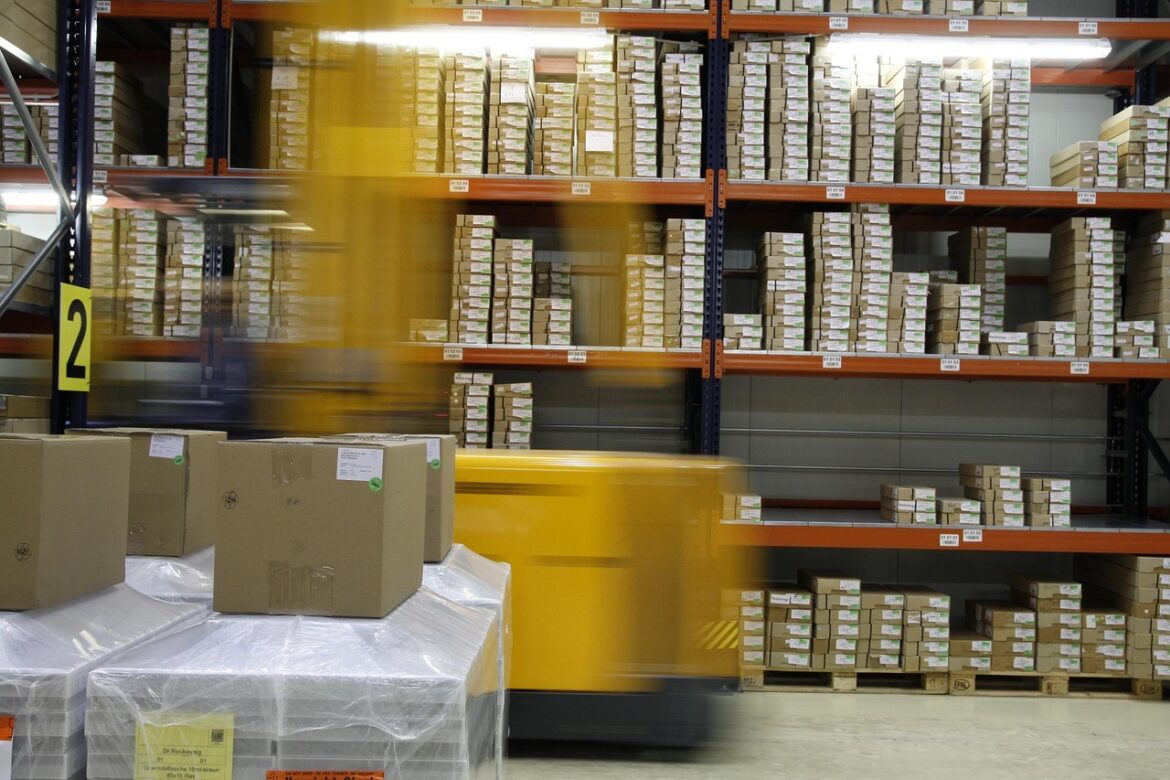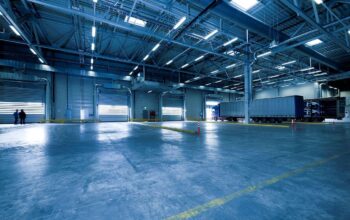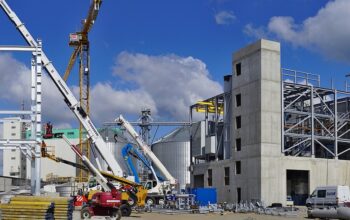A Global Economic Tug-of-War and Its Ripple Effect Supply chains in 2025 continue to feel the aftershocks of geopolitical tensions, especially between the US and China. Recently, the US and China agreed to pause most of their steep tariff hikes for 90 days, offering temporary relief to businesses juggling rising costs. However, this truce sparked an import surge that pushed shipping rates higher, showing how interconnected and sensitive global logistics remain.
Walmart has openly warned about looming price hikes due to lingering tariff pressures, reflecting how such international policies directly trickle down to consumers.
The Rise of AI: Transforming Supply Chain Decision-Making Artificial Intelligence is no longer just a buzzword; it’s the engine driving the future of supply chains. Experts at the 2025 Gartner Supply Chain Symposium highlighted how companies like PepsiCo use AI-powered software to optimize warehouse operations, forecast demand accurately, and autonomously make sourcing decisions.
From AI-driven order allocation to autonomous spend management, these technologies are helping supply chains become more resilient, responsive, and efficient.
Automation and Robotics: A New Workforce in Warehouses Automation continues to revolutionize logistics. DHL’s recent memorandum of understanding with Boston Dynamics plans to deploy an additional 1,000 robots across distribution centers, speeding up sorting and delivery tasks. This robot workforce acts like a tireless assistant, tackling repetitive physical work, allowing human workers to focus on complex problem-solving.
Meanwhile, the debate around autonomous trucks is heating up. Texas proposed a driverless truck ban, even as Uber Freight and Hirschbach forge partnerships spurring autonomous freight operations. The tension between innovation and regulation symbolizes the balancing act that supply chains face.
Cost and Capacity Pressures: Warehousing and Shipping Rates on the Rise On the ground, logistics costs continue to climb. U.S. warehousing prices rose steadily due to manufacturers nearshoring production and adding safety stock to buffer disruptions.
Truckload pricing saw a slight dip but remained above last year’s levels, while less-than-truckload (LTL) rates increased, reflecting tighter shipping capacity after industry consolidations.
In Summary: Navigating a Complex Terrain 2025’s supply chains are like a giant chessboard, with tariffs, AI innovations, and automation as game-changing moves. Amid geopolitical uncertainties, the adoption of cutting-edge technologies coupled with strategic responses to cost pressures illustrates how businesses must stay agile and forward-thinking to thrive.
Companies that harness AI-driven tools, invest in automation, and carefully navigate trade policies are best positioned to turn these challenges into opportunities, ensuring smoother flows from factory floors to front doors.
References:
- https://talkinglogistics.com/2025/05/16/above-the-fold-supply-chain-logistics-news-may-16-2025/
- https://www.colliers.com/en/research/nrep-usind-colliers-supply-chain-solutions-report-may-2025
- https://www.inboundlogistics.com/articles/takeaways-shaping-the-future-of-the-global-supply-chain-0425/
- https://www.globenewswire.com/news-release/2025/05/12/3078941/0/en/AI-in-Logistics-and-Supply-Chain-Management-Market-Report-2025-AI-Powered-Platforms-Revolutionizing-Logistics-and-Supply-Chain-Efficiency-Through-Optimization-and-Risk-Mitigation-F.html
- https://resilinc.ai/blog/4-supply-chain-trends-from-the-gartner-supply-chain-symposium-xpo-2025/
- https://students.aiu.edu/submissions/profiles/resources/onlineBook/B6G6T2_Supply%20Chain%20Risk%20Management.pdf
- https://www.eawlogistics.com/tracking-logistics-costs-in-2025-trends-shaping-the-road-ahead/
- https://www.accc.gov.au/system/files/ACCC+commissioned+report+-+The+impact+of+digital+platforms+on+news+and+journalistic+content,+Centre+for+Media+Transition+(2).pdf



